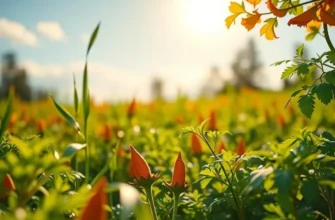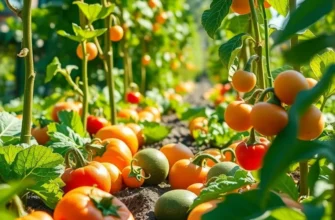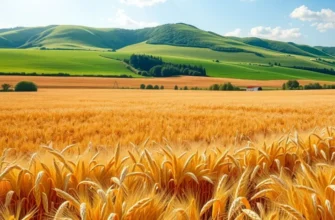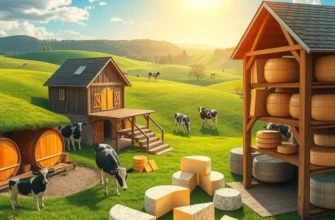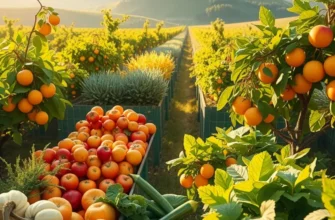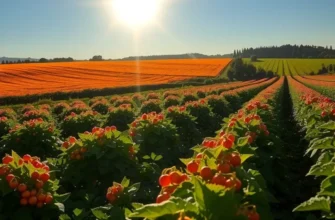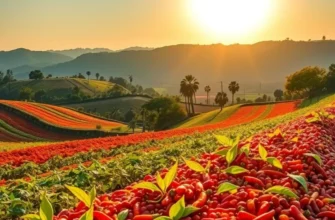Flatbreads are more than just a simple staple; they embody the history and culture of the regions they come from. Across continents, from the bustling markets of the Middle East to the sun-soaked streets of Mexico, flatbreads take on unique textures and flavors, reflecting local ingredients and culinary practices. Whether used as a base for savory dishes or enjoyed on their own, these versatile creations are a delicious way to explore diverse cultures. Join us on a flavorful journey to uncover the fascinating world of global flatbread traditions.
The Old World: Ancient Traditions and Varieties
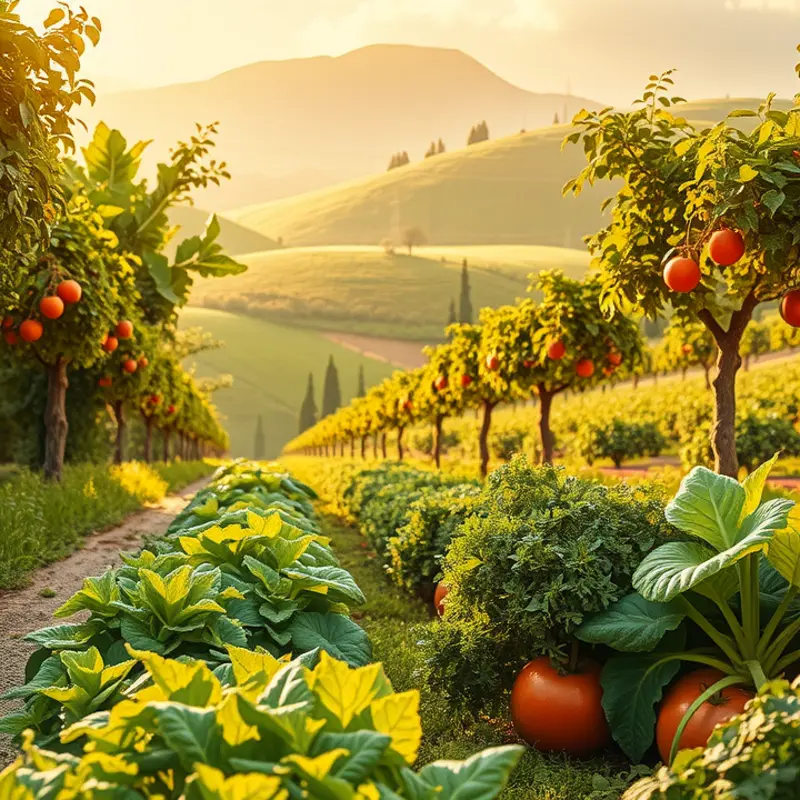
From the arid landscapes of the Middle East to the lush coasts of the Mediterranean, flatbreads have long been a staple of communal eating. These simple yet versatile breads, often unleavened, owe their endurance to their adaptability and the resourcefulness of ancient cultures. The history of flatbreads is deeply intertwined with early agriculture and the development of wheat and grain cultivation.
In the Middle East, Pita bread has emerged as a quintessential element of daily meals. Its pliable, pocket-like shape is perfect for scooping hummus or encasing grilled meats, which makes it an integral part of the region’s culinary identity. Traditionally, Pita is baked at high temperatures, creating the characteristic pocket when water in the dough turns into steam. Ingredients are modest—wheat flour, water, yeast, and salt—yet the outcome is profound.
Venturing into the Caucasus, we find Lavash. This soft, thin flatbread is steeped in history and cultural symbolism. Baked in tandoor ovens, the preparation of Lavash is often a communal activity that strengthens familial and social bonds. It’s not uncommon for Armenian families to dedicate entire days to the making of Lavash, a tradition recognized as UNESCO intangible cultural heritage.
Further west, in Italy, Focaccia occupies a cherished place. Unlike its unleavened counterparts, Focaccia is a yeasted bread. Embedded with olive oil and herbs, its rustic charm is representative of the Ligurian coast. Artisans prepare it by pressing knuckles into the dough to form dimpled surfaces that capture flavors. Ancient Romans referred to this flatbread as “panis focacius,” indicating its long-standing presence in European diets.
The preparation methods for these flatbreads vary widely. Pita is typically baked on stone ovens, while Lavash is slapped against the walls of earthen tandoors lined with clay. Focaccia, on the other hand, is baked on pans in wood-fired ovens, giving it a distinct aroma and texture. These techniques highlight not only geographical but also technological adaptations made by disparate cultures over centuries.
Cultural significance extends beyond the kitchen. In many Middle Eastern and Asian cultures, bread is more than sustenance; it represents hospitality and community. Sharing bread is often a gesture of goodwill and friendship. The communal baking of flatbreads like Lavash underscores the importance of collaboration and tradition within a community.
This world of flatbreads is a showcase of how necessity and ingenuity shaped diverse culinary practices. Each unique variant reflects the terroir and traditions of its origin, lending a sense of identity to the people who make and consume it. To dive deeper into how these traditions influence modern culinary practices, explore the culinary influences from trade routes and how ancient recipes continue to adapt in global kitchens today.
The New World: Fusion and Modern Reinventions
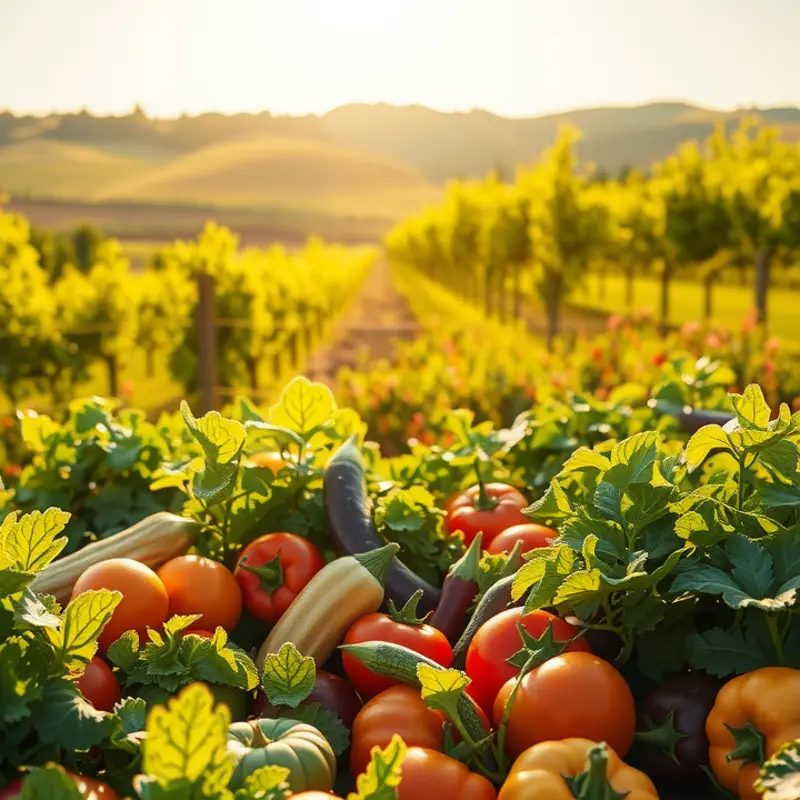
As we traverse the intoxicating landscape of global flatbreads, the journey takes an exciting twist with modern fusions and innovations. Across geographical and cultural boundaries, chefs are reimagining traditional flatbreads for contemporary palates. Let’s explore this creative phenomenon, where tradition aligns with innovation and gives rise to unforgettable flavors.
In North America, the tortilla has been a canvas for a wide variety of fusion flavors. Its versatility has sparked a culinary renaissance, lending itself to fillings influenced by global tastes. Picture the classic taco, but instead of traditional fillings, imagine vibrant Korean BBQ bulgogi or Moroccan tagine-style vegetables. These combinations reflect new gastronomic possibilities while paying homage to cultural origins.
Moving over to Asia, the naan has become a staple in upscale restaurants around the world, transcending its South Asian roots. Naan is being crafted with daring additions like truffle oil and garlic confit. This iconic flatbread is sometimes topped with Mediterranean lamb or Italian-inspired pesto and sun-dried tomatoes, marrying diverse cuisines into a harmonious modern dish.
Europe also sees similar culinary adventures with its flatbreads. The Italian piadina, traditionally stuffed with cured meats and cheeses, is being paired with Middle Eastern za’atar and fresh vegetables, creating a delightful medley of flavors. This not only broadens the appeal of piadina but also celebrates the adaptability of flatbread in different culinary contexts.
Australia offers another perspective, where damper, a traditional bush bread, is experiencing a resurgence in food circles. Chefs are embracing native ingredients like finger lime and lemon myrtle, blending them into the dough or using them as a flavor-enhancing topping. These modern takes honor Australia’s rich indigenous food culture while propelling damper onto the global stage.
For those looking to recreate such vibrant experiences at home, consider incorporating unique toppings and fillings into your flatbreads. Explore inventive pairings like spicy kimchi with creamy cheddar on a tortilla, or try simply drizzling some fresh basil oil over a warm naan. These examples showcase how even small changes can bring a traditional flatbread into a new light.
Moreover, the global flatbread renaissance invites us to consider mindful eating strategies and sustainability in our cooking practices. For an eco-friendly kitchen, adopting low-waste techniques in flatbread preparation can enhance their sustainability. Resources like practical ingredient batching can be invaluable, providing guidance on reducing waste while making these delicious creations.
In this evolving culinary scene, flatbreads offer a unique opportunity to experience a world of flavors in every bite. By embracing both innovative and heritage techniques, chefs craft dishes that are meaningful and delightful. This blend of old and new encapsulates the dynamic spirit that defines modern cuisine.
Final words
Flatbreads encapsulate a world of flavors and stories, embodying the essence of cultural traditions and communal sharing. From the ancient stone ovens of Europe to the artisanal makers in today’s kitchens, these delightful creations bring together diverse communities through their simplicity and versatility. By exploring global flatbread traditions, food enthusiasts open up to a world of culinary heritage, connection, and endless possibilities. Next time you indulge in your favorite flatbread, remember the rich tapestry of cultures that it represents, and allow it to transport you to distant lands and flavors.


